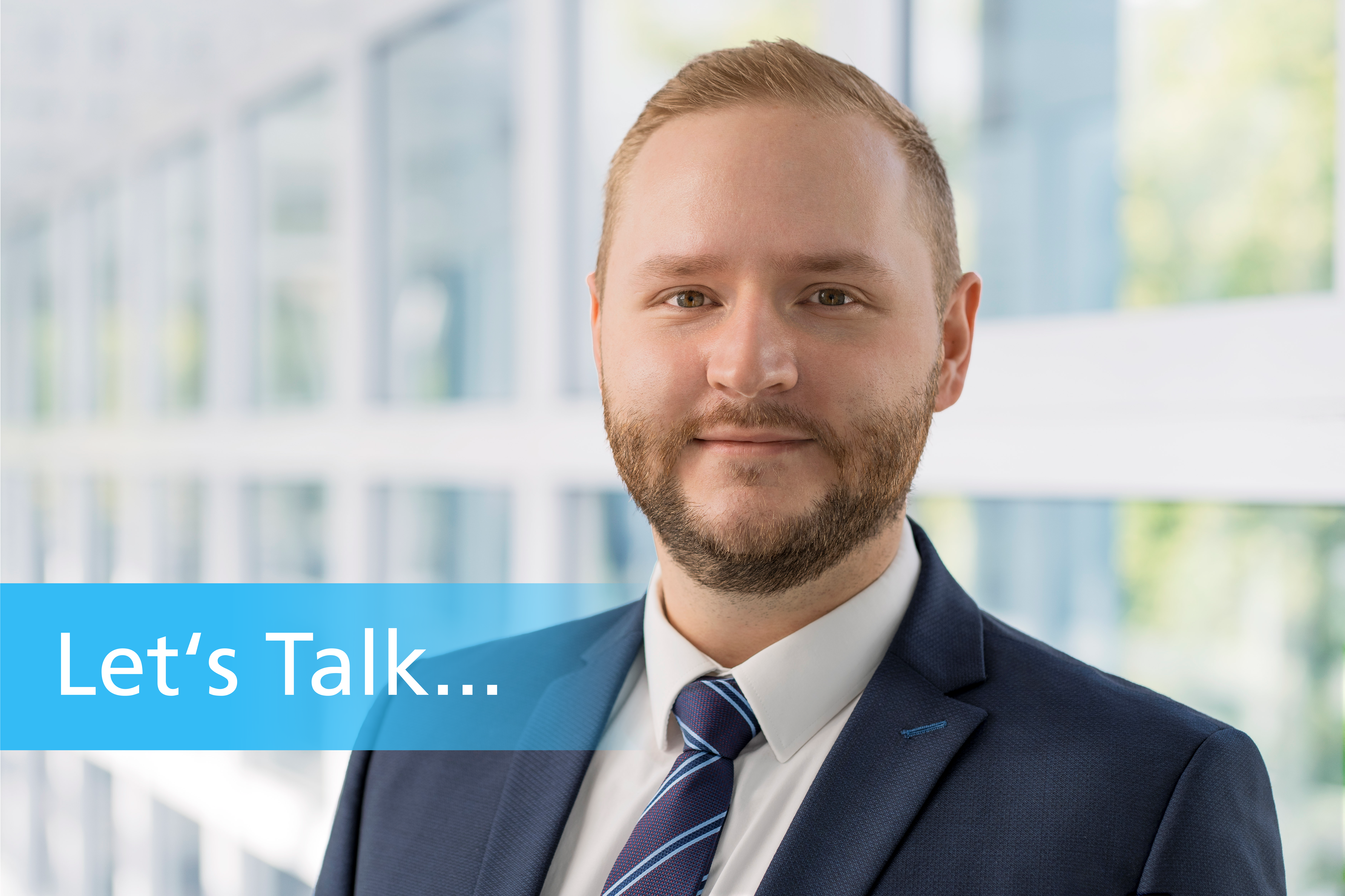
In our interview series in each newsletter, we introduce you to a member of the Fraunhofer-Business Area Cleaning in more detail. This time Philipp Burgdorf from the Fraunhofer Institute for Production Systems and Design Technology IPK answered our questions. Read more about her career and her personal perspective on the goals, potential and wishes for the Fraunhofer-Business Area Cleaning.
1. How did you join Fraunhofer-Business Area Cleaning?
As a research associate in the field of manufacturing technologies at Fraunhofer IPK, my primary focus is on robot-assisted machining. In addition to machining processes, surface treatment using blasting techniques is often carried out by robots as well. I am particularly interested in promoting and advocating the use of CO2 blasting as a versatile cleaning method within the field of cleaning technology.
The development of cleaning technologies progresses continuously, much like other technologies. They become increasingly efficient, opening up new avenues for innovative and sustainable cleaning solutions that allow us to reconsider and redesign existing cleaning processes. While conventional techniques often deliver satisfactory cleaning results, they may not compete with newer technologies in terms of resource efficiency. Similar to the private sector, where older devices are periodically replaced with newer and more efficient models, it is essential in industrial cleaning to regularly assess whether the technology or methods being used are outdated and should be replaced with more resource-efficient alternatives.
4. What does the Fraunhofer IPK offer in cleaning technology?
The Fraunhofer Institute for Production Systems and Design Technology IPK offers a wide range of technologies for dry and residue-free cleaning. A significant advantage lies in the ability to minimize preceding and subsequent processes. The cleaning medium, carbon dioxide (CO2), sublimates immediately after cleaning, leaving clean and dry surfaces. In addition to dry ice blasting and CO2 snow blasting, research is currently underway on cleaning using liquid high-pressure CO2. This is intended to enable precise and particularly gentle cleaning with liquid CO2. In the coming months, Fraunhofer IPK will be establishing a state-of-the-art cleaning cell to support the further development of these technologies.
5. What makes you a competent partner in cleaning technology?
Through my work in the field of manufacturing technologies with a focus on robot-assisted machining, I have a broad spectrum of knowledge that extends beyond just cleaning technology. This enables me to view the entire production process within a holistic context and apply my expertise throughout the entire process chain. Consequently, I can contribute to aligning the cleaning process optimally with the requirements and demands of production. Together with my colleagues at Fraunhofer IPK, we have a comprehensive understanding of various aspects of manufacturing technologies, whether it be related to material processing, automation, or quality control. This allows us to develop effective cleaning solutions that seamlessly integrate into the entire production workflow. This not only enhances efficiency but also facilitates a more environmentally friendly and sustainable production process.
6. What do you wish for the industry?
The seemingly most cost-effective cleaning method is not necessarily the most environmentally friendly choice. In light of the goals and regulations set by the UN and the EU, industrial cleaning processes are facing new challenges. Existing commonly used and tested methods and cleaning additives must be reevaluated in the long term. Therefore, it is of great importance to promote open and transparent communication within the cleaning industry to support the long-term development and advancement of green cleaning technologies.
7. What is urgently needed so that the next big step can be taken in the field of cleaning technology?
Future cleaning technology should and must be significantly more sustainable than it is today to be more resource-efficient and environmentally friendly. It is crucial to develop cleaning methods that require less water, energy, and chemicals. Within companies, a shift in thinking is necessary. Regulations that may initially appear as constraints and pose challenges to businesses can actually serve as catalysts for the necessary development in the right direction. However, this requires a willingness on the part of companies to embrace these challenges.
 Fraunhofer-Business Area Cleaning
Fraunhofer-Business Area Cleaning